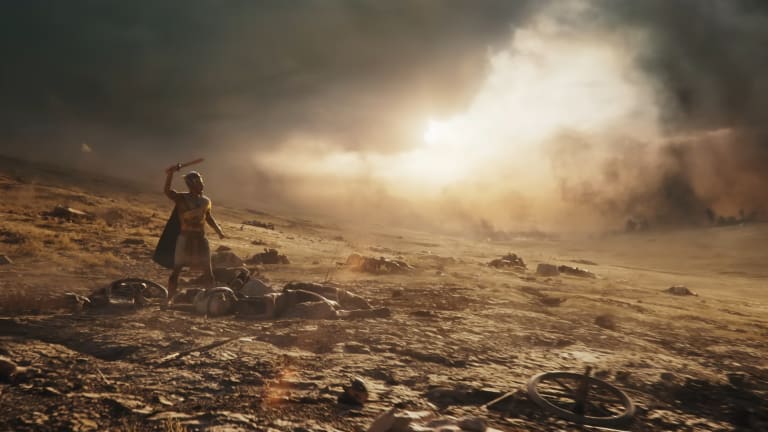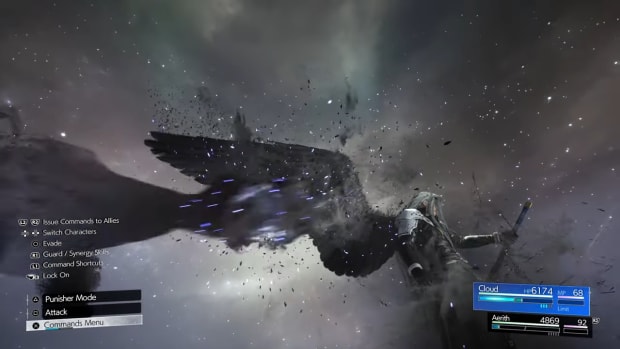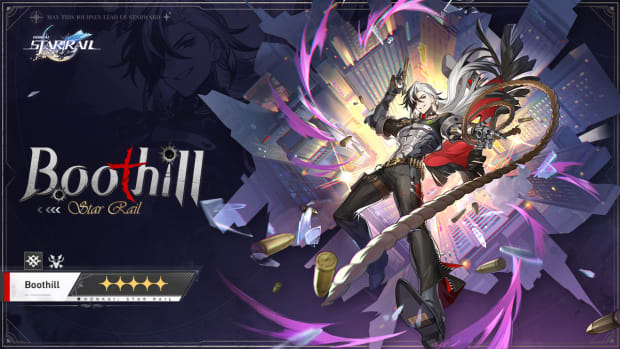
Total War: Pharaoh gameplay reveal shows lots of interesting innovations

Creative Assembly Sofia has finally lifted the curtains around Total War: Pharaoh’s gameplay, detailing some of the new mechanics players can expect in the title set to launch in October 2023. There is plenty of innovation on the campaign map and on the battlefield, it seems.
On the campaign map, players strive to become Pharaoh of Egypt or Great King of the Hittites, obtaining influence and legitimacy from their conquests and building programs. Monuments on the map provide additional legitimacy, providing even more motivation to target specific regions.
The theme of the Bronze Age Collapse is represented heavily as well: natural disasters like earthquakes and droughts can happen and the entire map gets cast in fog and dark colors as key cities – so-called pillars of civilization – fall and get destroyed. Players do not only need to compete for power in their kingdom, but look outwards and aim to stabilize these pillars.
Total War: Troy’s economic system, which is based on different resources like food, stone, gold, and bronze, makes a return in Total War: Pharaoh. You can decide to worship specific gods from the pantheons of the three playable cultures, which will bestow various bonuses on you.
Factions seem to have access to a shared pool of units of their culture, but there are a few unique troop types for each faction plus regional units you can only recruit in their native areas of the map.
The battlefield is not immune to the moods of nature: sandstorms greatly reduce the range and stamina of units, thunderstorms impact morale, and fire is a lethal danger – especially paired with unpredictable winds. The game’s different environments make a big difference for the units of the three playable cultures as well: Egypt’s light troops fare better in the desert, but suffer in the mountains of Anatolia, while the more heavily armored Hittites are at a disadvantage when leaving their rocky homes. Wetlands are another important terrain feature, as they seem to outright damage war chariots that try to drive over them.
Overall, the combat pace seems to be slow, as the developers want to give players a lot of time to decide on their actions and allow them to enjoy the combat scenes.
Fans of historical tactics will be delighted to hear of a new feature allowing them to order units to slowly back away while facing the enemy, opening new tactical options – if you ever wanted to emulate Hannibal’s legendary maneuvers at Cannae, this fresh feature will come in handy.
Armor now degrades over the course of a battle when a unit is engaged, a process that can even be accelerated by sending troops with clubs or maces out to soften the enemy up.
There seem to be lots of new toys for armchair generals to play around with.


